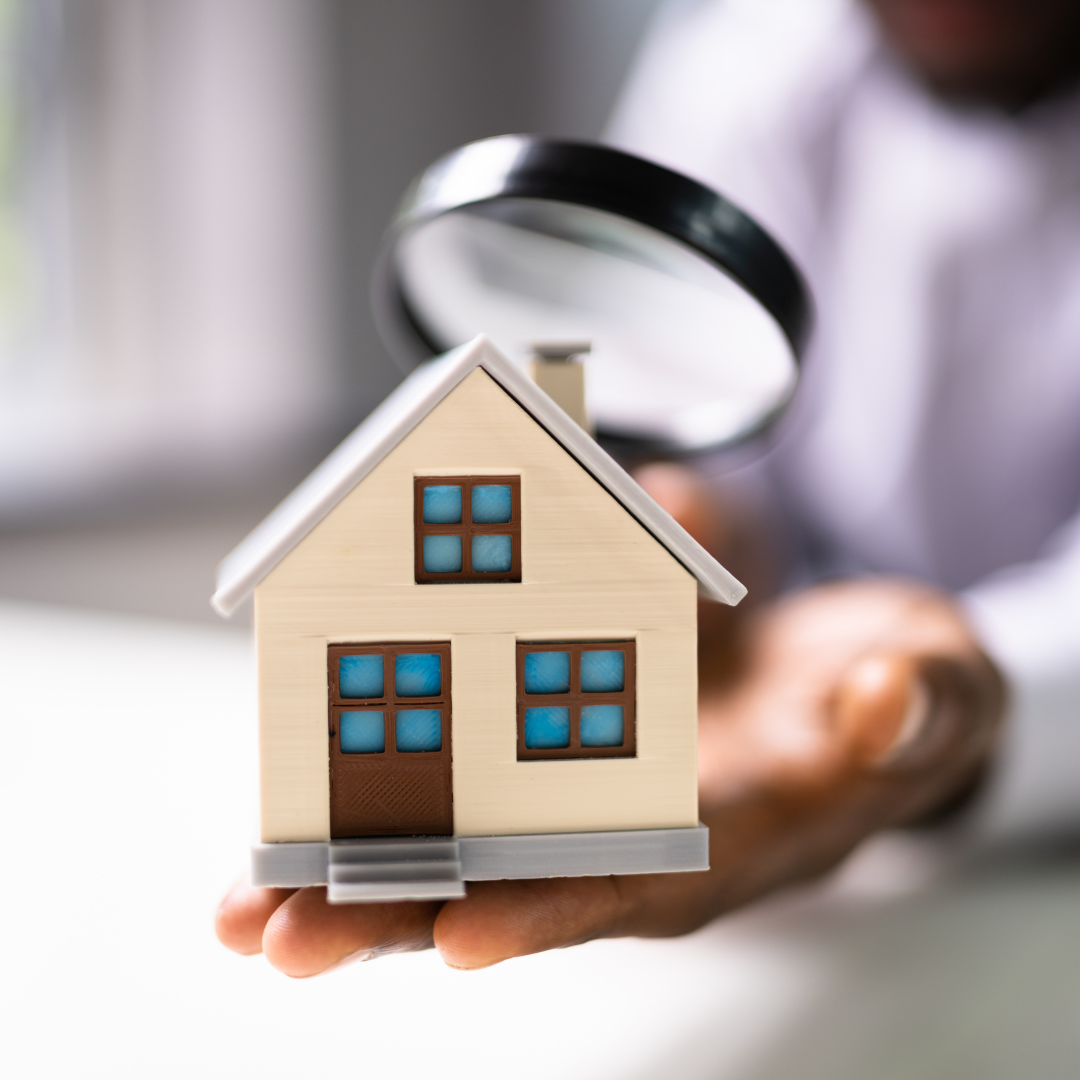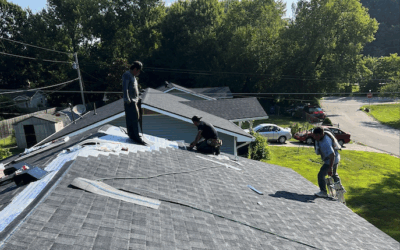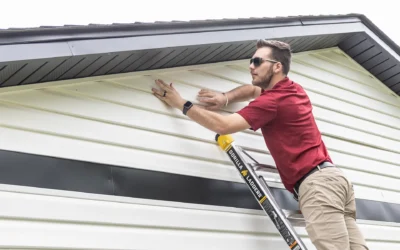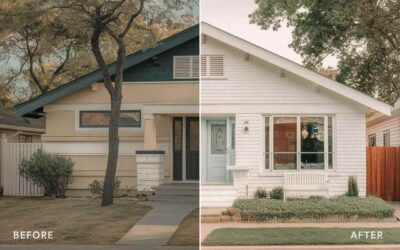Your home’s roof is its first line of defense against the elements. It acts as a shield against the rain, wind, sun, and snow, ensuring not only your comfort but also your safety throughout the year. This protection doesn’t come without effort; like all parts of your home, the roof requires regular upkeep to maintain its integrity and effectiveness.
One of the most crucial elements of this upkeep is regular roof inspections. However, the question many homeowners face is: how often should you conduct a roof inspection?
In this guide, we’ll explore the ideal frequency for roof inspections, explain why these inspections are vital, and provide actionable steps to integrate them seamlessly into your roof maintenance schedule.
How Often Should You Inspect Your Roof?
The frequency of roof inspections can vary based on multiple factors, such as the age of your roof, the climate you live in, and recent weather conditions. Below are some general guidelines to help you establish a reliable roof maintenance schedule:
Twice a Year Routine Inspections
For the majority of homeowners, it is advisable to inspect their roof twice a year. The ideal times are during the spring and fall. These seasons follow extreme weather conditions, making them perfect for assessments. In spring, you can evaluate any damage from winter storms, ice, or heavy snow.
Conversely, a fall inspection prepares your roof for the upcoming winter challenges, ensuring any vulnerabilities are addressed beforehand.
After Severe Weather Events
Beyond routine inspections, it’s crucial to conduct an inspection following severe weather events. High winds, hailstorms, torrential rains, and hurricanes can inflict significant damage on your roof. Even if a storm seemed mild, it is prudent to carry out an inspection to uncover any hidden or less obvious damage that might have occurred.
Based on Roof Age
Older roofs require more frequent inspections due to the natural wear and tear of roofing materials. Roofs exceeding 10 years of age should ideally be inspected every 4-6 months. As roofing materials age, they become more susceptible to damage and deterioration, making regular assessments crucial for early problem detection.
What to Look for During a Roof Inspection
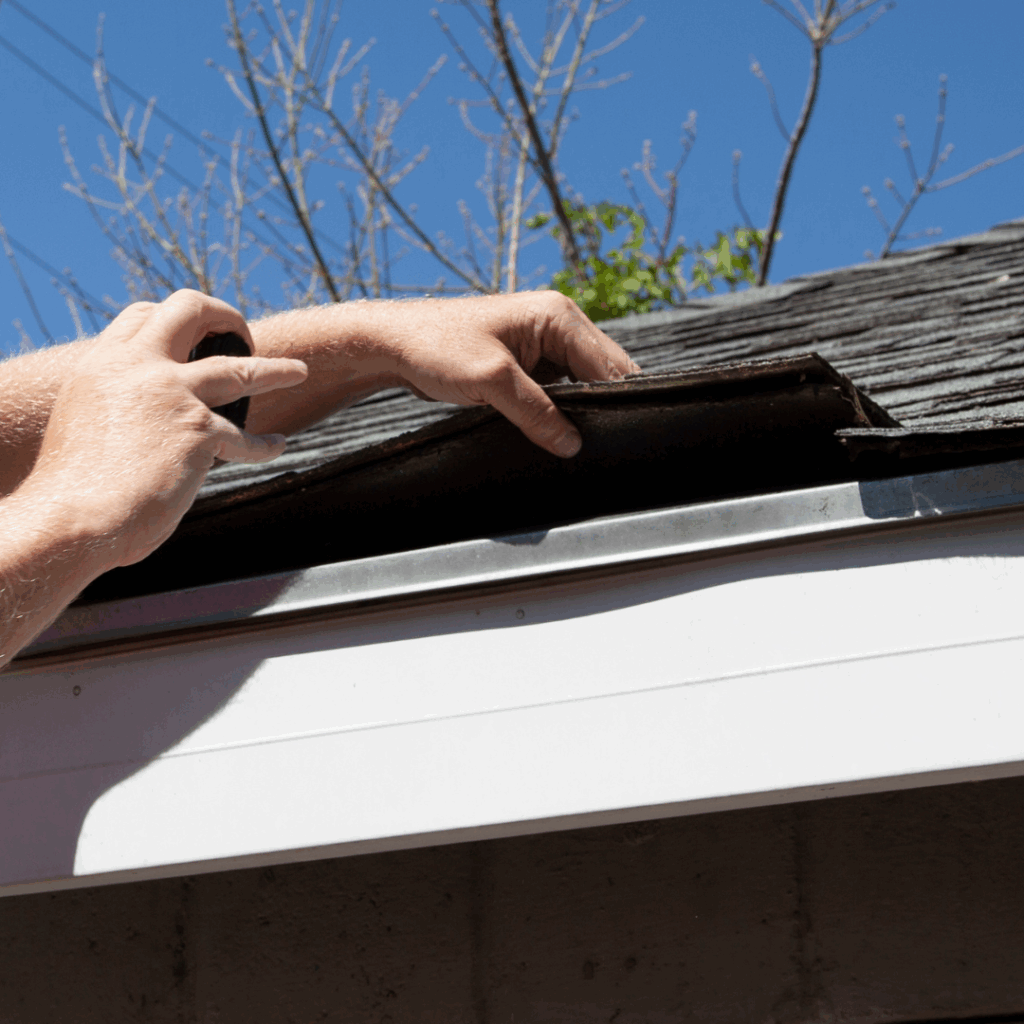
Whether you’re performing a DIY inspection or hiring professional roofing contractors, knowing what to look for is essential. Here are some key areas to focus on during an inspection:
Shingles and Tiles
Examine shingles and tiles for any that are missing, loose, or damaged. Look for signs of curling, cracking, or blistering, as these are indicators that replacement may be necessary. Damaged shingles can lead to leaks and further structural issues if not addressed promptly.
Flashing
Check the flashing around chimneys, vents, and skylights. It’s crucial that the flashing is intact and shows no signs of rust or damage. Faulty flashing can lead to leaks, so ensuring its integrity can prevent significant water-related problems.
Gutters and Downspouts
Inspect gutters and downspouts for clogs or damage. Make sure they are securely attached and effectively directing water away from your home. Blocked gutters can cause water to overflow and back up under the roof, leading to damage and leaks.
Signs of Water Damage
Inside your home, be vigilant for signs of water damage on ceilings and walls, which may indicate a roof leak. Externally, check for moss, algae, or mold on the roof, as these thrive in moist environments and can suggest water retention issues.
DIY Roof Inspection vs. Hiring Professionals
While some homeowners may feel comfortable conducting their own roof inspections, there are significant advantages to hiring professional roofing contractors:
- Expertise: Professional inspectors possess the experience and knowledge to detect subtle signs of damage that an untrained eye might overlook. Their expertise ensures a more thorough evaluation of your roof’s condition.
- Safety: Climbing onto a roof can be hazardous. Professionals have the necessary equipment and training to perform inspections safely, minimizing the risk of accidents or injuries.
- Thoroughness: A professional inspection is often more comprehensive, covering areas that might be challenging for homeowners to access. Their detailed approach ensures that no potential issue is left unchecked.
While DIY inspections can be a cost-effective approach, hiring professionals ensures a higher level of accuracy and safety, providing peace of mind.
Incorporating Roof Inspections into Your Maintenance Schedule

Creating a roof maintenance schedule is key to ensuring your inspections are timely and effective. Here’s a simple plan to follow:
- Set Calendar Reminders: Mark your calendar for spring and fall inspections. Utilize digital reminders to ensure these important tasks are not forgotten amidst your busy schedule.
- Weather Alerts: Subscribe to local weather alerts. Post-severe weather, prioritize inspecting your roof to catch any damage early.
- Keep Records: Maintain a detailed record of each inspection, noting any issues found and the actions taken. This record can be invaluable for future maintenance decisions and if you decide to sell your home.
- Budget for Repairs: Allocate a budget specifically for potential repairs. Regular inspections will help you anticipate these expenses, allowing for better financial planning and avoiding unexpected costs.
Conclusion
Regular roof inspections play a vital role in maintaining the health and durability of your home. Scheduling inspections twice a year and after severe weather events helps identify issues early, preventing costly repairs. Whether you prefer conducting basic checks yourself or rely on professional roofing contractors, staying consistent is key.
With ongoing care from Origin Roofing and Exteriors, your roof will continue to protect your home effectively while preserving its value and giving you lasting peace of mind. Contact our team today for an expert roof inspection.
